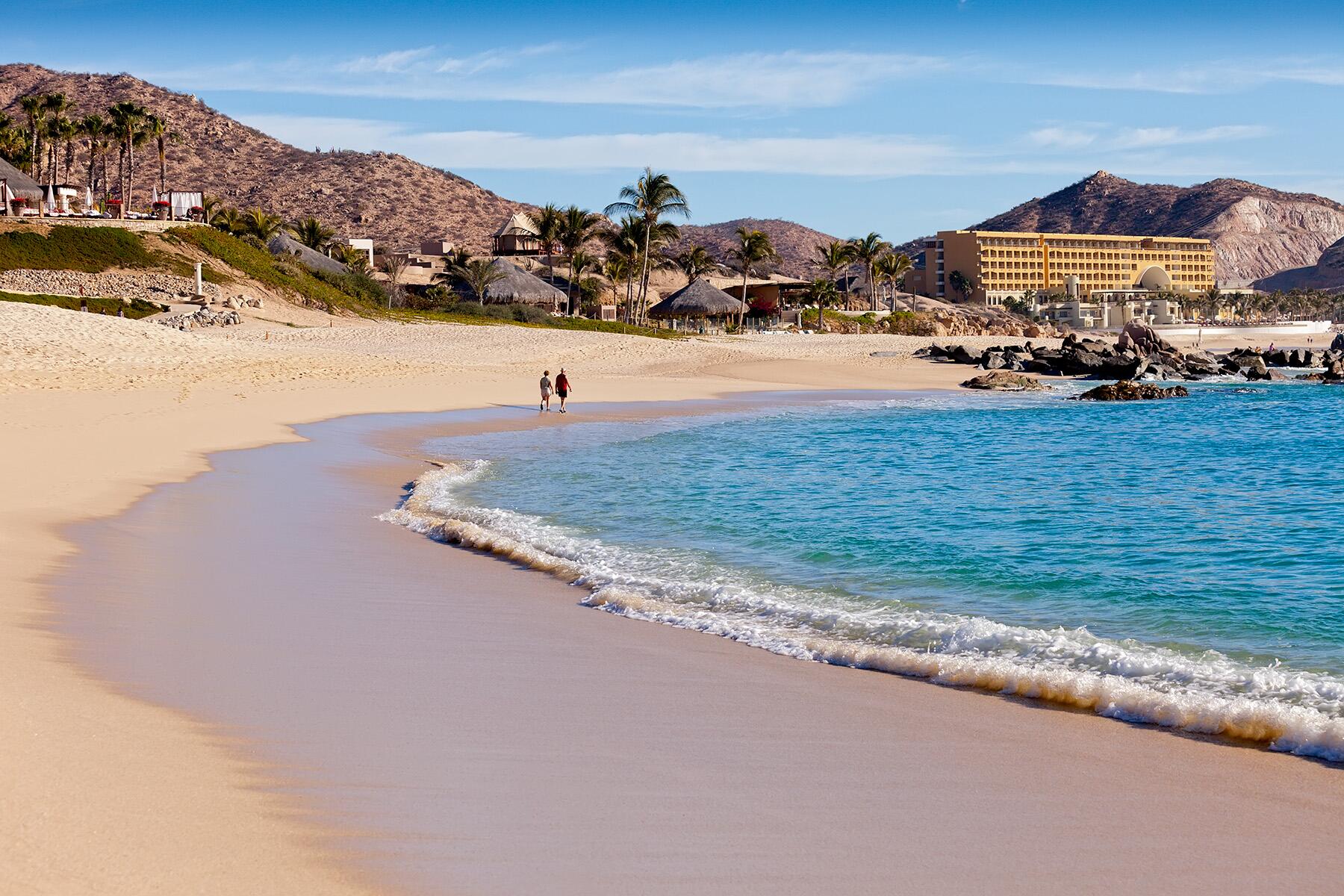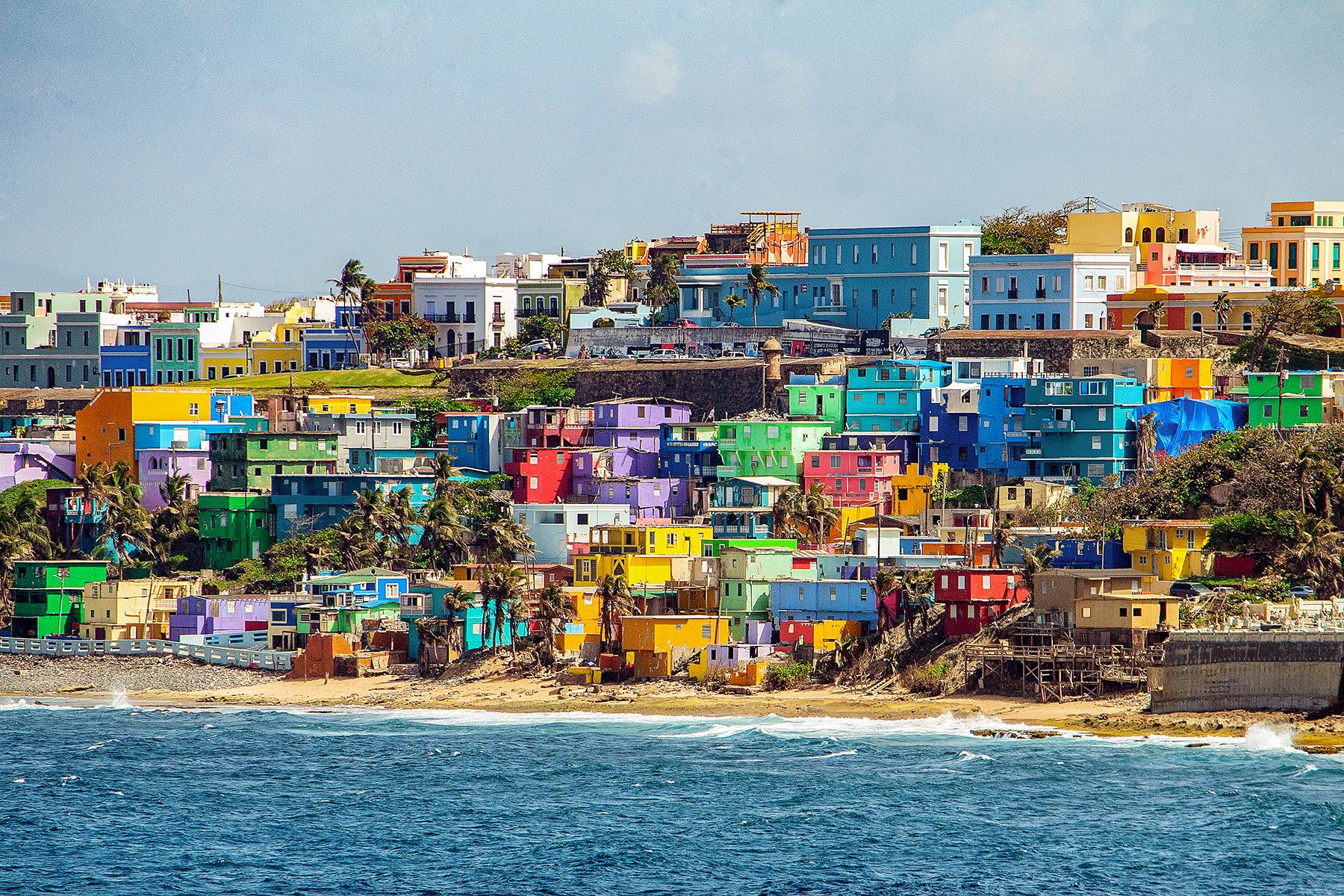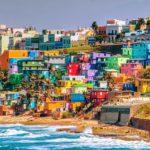Here is everything you need to know to make the most of your trip to Puerto Rico.
In this digital age of Instagram models on mountaintops and bougie breakfast shots, we’re starting to get the impression that travel is an effortless escape where everything is literally waiting for you with no undertaking required. But that isn’t necessarily the case, especially for a destination like Puerto Rico. Here’s some practical, useful information for you to know exactly what to expect and how to best plan for a trip to Puerto Rico.
It’s Heavily Influenced by the United States
It’s surprising that many people still think Puerto Rico is an independent nation, but it’s actually a U.S. commonwealth. This also means that it’s heavily influenced by all things American, including fast-food chains, department stores, car repair companies, and more. This also means three things that will simplify your trip: One, you don’t need a passport, so if your government-issued ID is sufficient to allow you to fly (you do undergo an agricultural inspection on your return trip, but no customs or immigration in either direction). Two, Puerto Rico uses the same electrical outlets as the U.S., so there’s no need for converters or adaptors. Three, Puerto Rico’s currency is the U.S. dollar, so there’s no need to worry about currency exchange, though you might be charged a foreign-transaction fee by the ATM (though likely not by a credit card).
Learn a Bit of Spanish
Despite Puerto Rico’s official relationship with the United States, Spanish remains the most commonly used language on the island. While most people do speak English in the more touristy areas, you can expect to find many areas of the island where this isn’t quite the case. Additionally, it’s important to be aware that the English language has the potential to conjure insecurity and feelings of inferiority for some of the older generations who don’t know English as well or at all. Learning some basic Spanish before a trip to Puerto Rico will not only simplify things for you, but it can also serve as a sign of respect for the local people.
Recommended Fodor’s Video
Rent a Car
Public transportation is practically nonexistent in Puerto Rico, and what is offered is confined to a pretty small area within the San Juan metro area. If you want to explore more of the island, renting a car is the best way to do it. As you plan your travel to different parts of the island, be aware that the center of the island is full of mountains (and that many roads were damaged during Hurricane Maria), making it difficult and time-consuming to cut across. If you plan to drive from east to west, you will need to do so via the north or south highways. Also, be sure to carry a bit of cash on you; many areas require you to pay for parking, and oftentimes cash is the only way to do so.
Sometimes You Just Need a Boat
While a car grants you the flexibility and freedom to see much more of the island, many of Puerto Rico’s most iconic beach attractions can only be accessed by boat. In some cases, you can take a ferry, but in other cases, you will need to either rent a boat or book a boat excursion. Either way, some of the best spots simply aren’t reachable without a boat.
It’s Not Cheap
The slow-paced rest and relaxation of island life doesn’t come without a price. Many islands face economic issues due to the need to import most products, and Puerto Rico faces extra challenges set forth by U.S. shipping regulations. This means that prices usually include a mark-up and quite high taxes. The cost of living in Puerto Rico is actually higher than the average cost of living in the U.S., so budget accordingly!
Kioskos Are a Wallet’s Best Friend
Street food stalls and vendors, known as kioskos, are the best place to get the most local and most affordable food. These are set up all over the island and are easy to spot. Many areas, including Luquillo, Loiza, and Ponce, have their own kiosko area where you can find a whole line of one kiosk after the other, each with its own number, serving either local Puerto Rican food or a mix of more “American” food, like pizza and hamburgers.
Did Someone Say Fried Everything?
The local diet of Puerto Rico doesn’t offer many options for health-conscious travelers. Nearly every dish or snack contains some kind of meat, and the majority of food is served fried. This isn’t the most food-friendly destination for vegetarians or vegans, either. While you will still be able to find things to eat, you may miss out on most of the local flavors if you’re unable to eat meat, or if you have a strong aversion to all things fried. Check out what to eat and drink in Puerto Rico, including all the meaty, fried goodness.
Temperatures May Vary
Though Puerto Rico is located in the Caribbean, it can get quite breezy and chilly, particularly in the mountainous areas where many of the rivers and waterfalls are found. High season, from December to April, brings the coolest temperatures of the year. It doesn’t necessarily get cold, especially during the day, but temperatures do drop at night, and the breeze coming in from the ocean can also create a bit of a wind chill. Be sure to pack something a bit warmer that you can easily throw on when needed.
Don’t Get Your Metrics Twisted
One thing that may strike you as confusing once in Puerto Rico is the fact that the island uses a mix of both the metric and U.S. customary measurement systems. For example, distances are marked in kilometers, while speed limits are marked in miles per hour. Additionally, gas is sold in liters rather than gallons. This can be confusing, especially if you only have familiarity with one of these systems. Download a unit converter to your phone if you’re concerned this may be an issue for you.
It Rains in the Rain Forest
It kind of seems self-explanatory that it rains in the rain forest, but a common complaint from people working in tourism is that tourists always complain about the rain in El Yunque, which is Puerto Rico’s rain forest. Expect the weather there to be wetter than elsewhere on the island. If you plan to make a trip to El Yunque during your time in Puerto Rico, be sure to pack closed-toed shoes suitable for trekking in muddy conditions, as well as a rain jacket, poncho, or some other form of protective gear.
Puerto Rico, Post-Hurricane Maria
Although it’s been almost two years since Hurricane Maria devastated the island, Puerto Rico is still struggling to get back on its feet in many ways, particularly outside of San Juan. Most of El Yunque is still closed, with only one short trail open at this time. Be advised to use caution while driving—many of the stoplights are still broken, some signage has blown away and was never replaced, the roads are sometimes pocked with massive potholes, in some areas there is poor lighting as many streetlights are out, and there are many one-way streets that don’t come up as such in your GPS. Business has resumed as usual for most tourist attractions and activities, but some information you find online may be outdated (and a few major attractions and hotels are still closed), so do look for sources that were either written or updated post-Maria.






